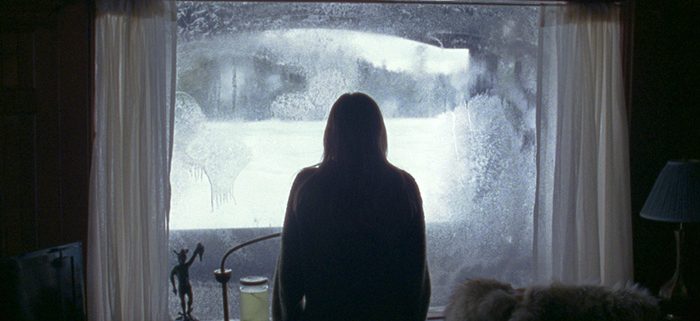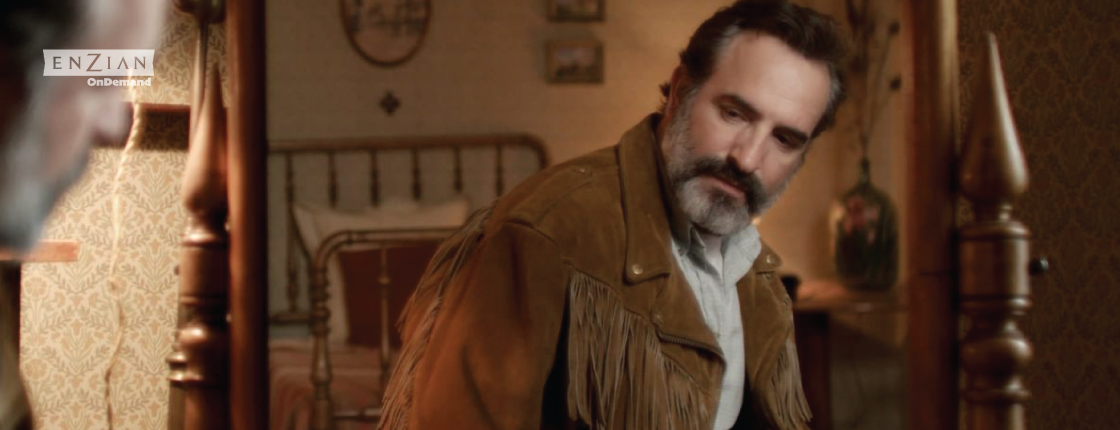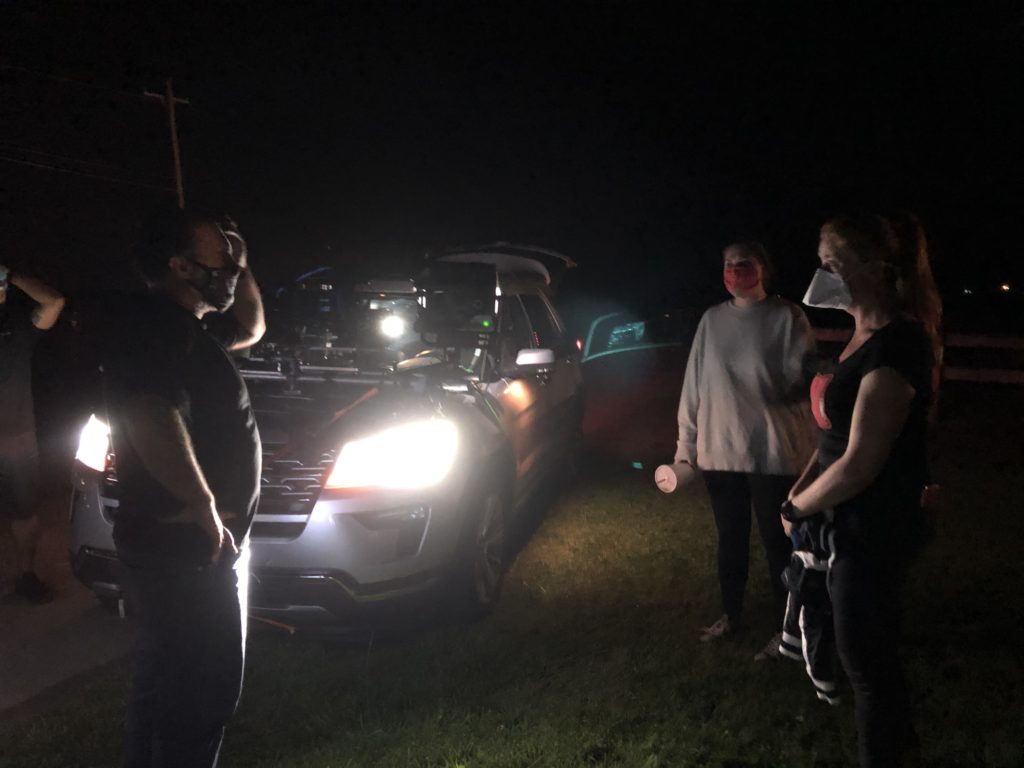Arkansas
by Brandon Thomas
Clark Duke has established himself as one of the more prominent “Hey! It’s that guy!” actors in Hollywood. You probably don’t know his name, but you’ve seen him pop up on shows and films such as The Office, Hot Tub Time Machine and Kick-Ass. While Duke might not be included among the comedy greats of our time, he shows far more promise as a feature writer/director with his debut, Arkansas.
Kyle (Liam Hemsworth) and Swin (Duke) are low-level drug dealers working for a mysterious king-pin named Frog (Vince Vaughn). The two pose as park rangers by day so that they can courier drugs at night for Bright (John Malkovich), one of Frog’s proxies. When one of these runs goes bad, Kyle and Swin find their lives in danger as Frog starts to believe that they are a threat to his drug empire.
Duke handles the movie’s tone from the first scene. Not quite interested in gut-busting comedy nor the other darkly comedic side of the coin, Duke, instead, is happy to present this tale with wry wit. Think of a happy marriage between the works of Joe R. Lansdale and Elmore Leonard than that of Tarantino.
Fully on board with this tone is the film’s cast. Duke himself plays Swin as a man with unmatched, and unearned, confidence. Malkovich is clearly having a ball, and that allows him to go big, but not Cyrus the Virus big. The odd man out is Hemsworth. Try as he might, Hemsworth tackles every line with a little too much seriousness and bravado.
Vaughn continues his recent streak of popping up in interesting indie thrillers. While Arkansas isn’t nearly as intense as Brawl in Cell Block 99 or Dragged Across Concrete, Vaughn attacks the role of Frog with the same sense of danger. Like the film itself, Vaughn’s performance oozes charm, but with menace bubbling just below the surface.
Arkansas probably won’t be taking a victory lap during awards season later in the year, but what it will be doing is showing that Clark Duke is a behind -the-camera talent to keep an eye on.














